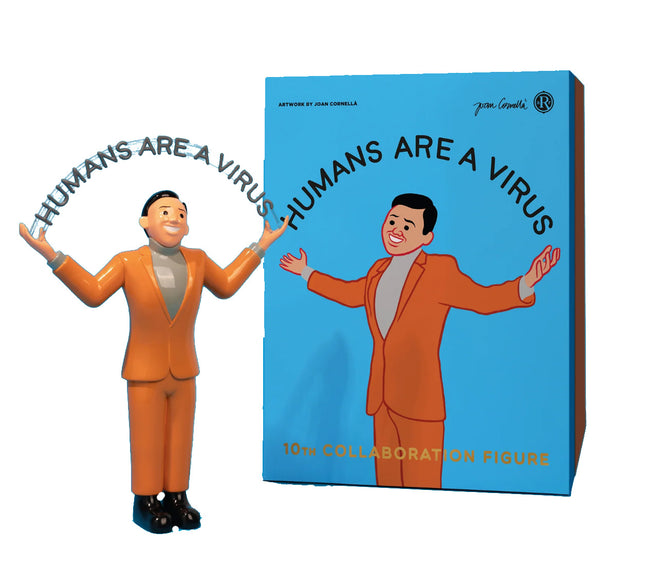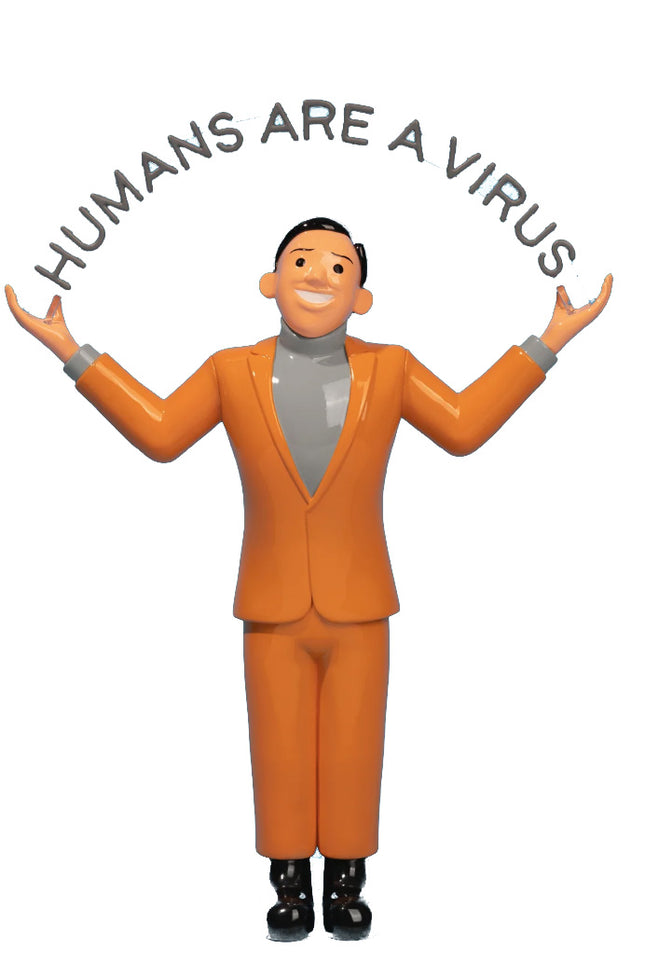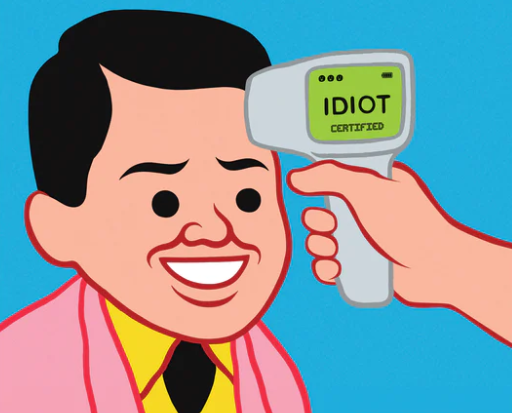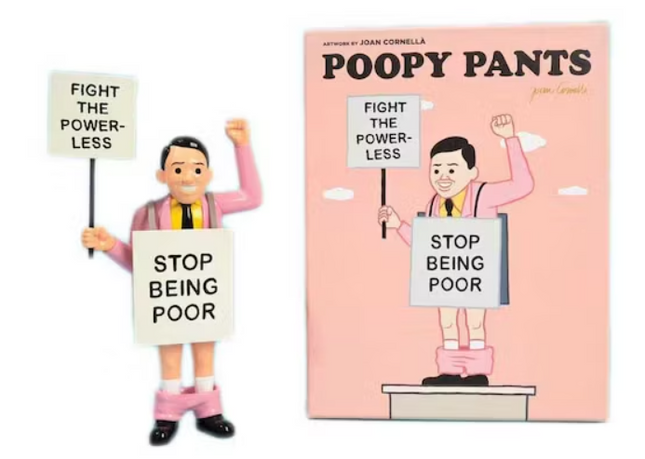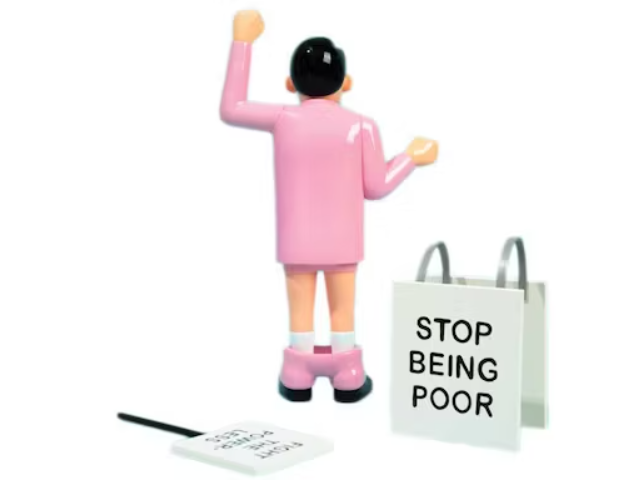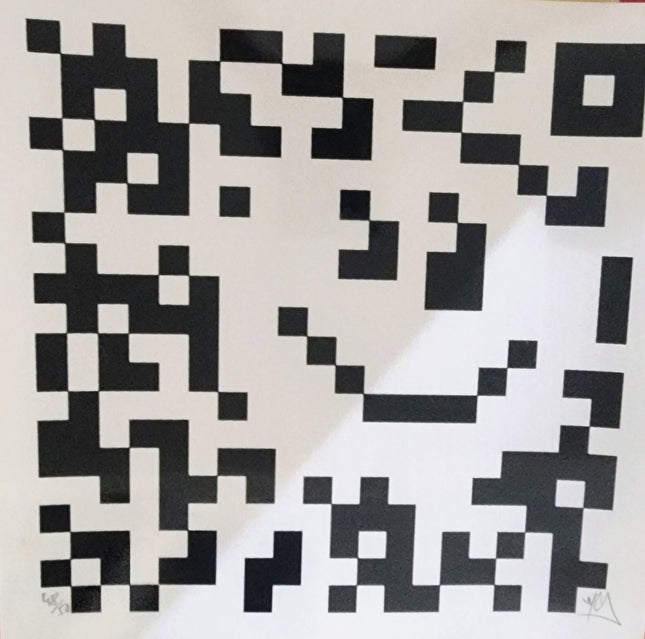Humor Infused in Street Pop Art and Graffiti
The infusion of humor into Street Pop Art & Graffiti Artwork has long been an effective method for artists to connect with a broad audience, offering commentary on societal norms and events through a lens of satire and comedy. The playful and often subversive nature of humor in street art challenges viewers to rethink their surroundings and the messages presented to them. By leveraging wit and visual puns, street artists create a space where laughter and critical thinking coexist, inviting a second glance and deeper contemplation of the artwork's underlying messages. The role of comedy in street art is multifaceted, providing relief and a sense of connection in the often harsh urban environments. Artists like Banksy have become household names for their elusive identities and keen ability to inject humor into their critique of politics, culture, and the art world. These artists use humor to soften the delivery of their often poignant perspectives, allowing their ideas to be more readily received and reflected upon by a diverse public. The streets become a stage for a unique brand of comedy where the punchlines are visual and the narratives are open-ended, allowing passersby to become part of the conversation. Graffiti and street art have been around for decades and have become influential in the art world. Graffiti artists use various techniques and styles to create their works, and comedy is one of the most prevalent influences on their art. Humor is a powerful tool that can make people laugh, connect with others, and brighten their day. It is no wonder that many graffiti and street artists have embraced humor to add personality and vibrancy to their work.
Creative Dynamics of Comedy in Urban Art
The creative dynamics of incorporating comedy into urban art are complex and intentional. Artists working in public spaces choose their subjects and craft their jokes with the knowledge that their audience is broad and varied. The transient nature of street art – where a piece may be painted over or removed at any time – lends a certain immediacy to the humor, reflecting the impermanence of the moment and the rapid pace of change in society and individual lives. This impermanence also underscores street art's spontaneous and often guerrilla nature, where the element of surprise plays a critical role in delivering the comedic message. Moreover, humor in street pop art and graffiti serves as an equalizer, cutting across economic, social, and cultural barriers to forge a common ground among viewers. It can be seen as a universal language, capable of drawing smiles and eliciting laughter regardless of one's background. In this way, comedy in street art does more than entertain; it builds community and fosters a sense of shared experience in the urban landscape. Comedy in street art also reflects the adaptability and resilience of the human spirit. In the face of adversity and the monotony of daily life, humor shines as a beacon of creativity and hope. It is a reminder that joy can be found in the unexpected corners of the city and that art can be a source of solace and happiness. As street pop art and graffiti continue to evolve, the role of humor in these artistic expressions remains a constant – a testament to the enduring power of laughter to connect, communicate, and inspire.
Comedic Memes & Funny Graffiti Artists Art
Banksy is one of the most famous graffiti artists who has used comedy to influence his work significantly. Banksy is known for his satirical, humorous, and often politically charged-graffiti art. His work has a distinct style that combines dark humor and social commentary to create thought-provoking pieces that challenge viewers to question their surroundings. One of Banksy's most famous works is "Girl With Balloon," a stencil that depicts a young girl reaching out for a heart-shaped balloon. The piece is both playful and melancholy, and it has become a symbol of hope and love in the face of adversity. Another graffiti artist who has incorporated humor into his work is Shepard Fairey. Fairey's most famous work is the "OBEY" series, which features a stylized image of wrestler Andre the Giant. The image is a tongue-in-cheek commentary on the power of advertising and how corporations use celebrities to promote their products. Other graffiti artists who have used comedy to influence their work include Banksy's contemporary, Invader, and the duo Faile. Invader's work is known for its pixelated style and references to old-school video games, while Faile's work often features pop culture references and bold, colorful imagery.
Laughter in the Lanes: The Role of Spoofs and Memes in Street Art
The essence of street pop art and graffiti artwork has always been deeply intertwined with the pulse of popular culture, often reflecting and reacting to its trends, fads, and shifts. Among the various threads that weave through the fabric of street art, comedy, funny spoofs, and memes hold a particular place of significance. As society's collective sense of humor evolves, so does the representation of what is funny and comedic within public art spaces. Spoofs and memes have emerged as prominent features in street art, offering immediate, relatable, and often viral humor. Street artists utilize spoofs and memes to engage with a broader audience, drawing upon shared knowledge and collective experiences to create works that resonate globally. These pieces often parody well-known figures, icons, and situations, twisting them into new contexts that provoke laughter and insight. This art form acts as a social commentary, making light of serious subjects and providing a counter-narrative to the often commercialized and sanitized urban environment. One of the reasons comedy has become such a widespread influence in graffiti and street art is that it allows artists to connect with their audience more personally. By using humor, artists can create a sense of camaraderie with their viewers and make their work more relatable and accessible. Comedy also allows artists to take risks and push boundaries in their work. Using humor to tackle controversial subjects or express their views on social issues, graffiti and street artists can challenge the status quo and provoke thought and conversation among their viewers. However, some challenges come with using comedy as an influence in graffiti and street art.
For one thing, humor can be subjective, and what one person finds funny may not be amusing to another. This means that graffiti and street artists who use humor in their work must be careful not to offend their audience or come across as insensitive. Another challenge is that humor can sometimes overshadow the message or meaning behind the art.
Memes and Spoofs as Tools for Connection and Reflection
The role of memes and spoofs within street pop art extends beyond mere entertainment; they serve as tools for connection and reflection. The instantaneous recognition of a meme translated into graffiti creates an immediate bond between the artwork and the viewer, fostering a sense of community through shared humor. The layered meanings and subtext artists further deepen this connection and infuse it into their works, encouraging viewers to ponder the underlying messages and societal critiques masked by the comedic facade. The humor in street art memes and spoofs can range from lighthearted and whimsical to dark and satirical. It can serve as a coping mechanism, a form of resistance, or simply a way to bring joy and color to the urban landscape. By harnessing the power of humor, street artists can make complex ideas more accessible and discussions more palatable, often providing a gateway for deeper engagement with the issues at hand. Incorporating spoofs and memes into street art also reflects the changing landscape of communication in the digital age. Memes, in particular, are the language of the internet, spreading rapidly and mutating along the way. When transposed onto walls and alleys, they bridge the gap between the digital and physical worlds, bringing the ephemeral nature of internet culture into the enduring realm of street art. This crossover highlights the fluidity and adaptability of street art as a form capable of absorbing and repurposing elements from various sources to create something entirely new and impactful. In street art, comedy, spoofs, and memes are not mere additions but integral to the narrative that unfolds on the streets. They represent the zeitgeist, capturing the moment's mood and reflecting it to society through splashes of paint and stenciled images. As the digital realm continues to shape how humor is created and shared, street pop art and graffiti will undoubtedly continue to reflect this influence, cementing the role of spoofs and memes as vital components of the artistic language of the streets. Through their work, street artists bring laughter to the public and foster a dialogue that might not otherwise occur, proving that humor can be a powerful catalyst for change and connection. Graffiti and street artists who use comedy must be mindful of this and ensure that their work communicates a message, even if it is lighthearted or humorous. Despite these challenges, comedy has become an influential and popular influence in graffiti and street art. From Banksy's satirical pieces to Shepard Fairey's "OBEY" series, humor has been used to add personality, vibrancy, and a sense of relatability to graffiti and street art. Comedy is a powerful tool that can be used to create thought-provoking and engaging graffiti and street art. Using humor, artists can connect with their audience personally, challenge the status quo, and provoke thought and conversation. However, it is essential for artists who use humor in their work to be mindful of the challenges and ensure that their art still communicates a clear message, even if it is done in a lighthearted or humorous way.


